The Middle East lubricants market is on a significant growth trajectory, fueled by economic diversification, rapid industrialization, and increasing automotive demand. With the market valuation surpassing USD 2.86 billion in 2024 and projected to reach USD 5.94 billion by 2032, key industries such as construction, manufacturing, and energy continue to drive lubricant consumption.
Industrial Expansion and Infrastructure Growth Bolster Lubricant Demand
The Middle East’s focus on industrial development has significantly influenced lubricant consumption patterns. Countries like Saudi Arabia and the UAE, investing heavily in manufacturing and infrastructure projects, require specialized lubricants to ensure machinery efficiency. Saudi Arabia’s industrial production index saw a 15.7% increase in Q3 2022, highlighting the growing demand for industrial lubricants. Construction vehicles, mining equipment, and heavy-duty machinery benefit from enhanced lubrication solutions, sustaining operations in extreme climate conditions.
Automotive Industry Evolution and Rising Vehicle Sales Accelerate Growth
The region’s high per capita vehicle ownership rates, particularly in Gulf Cooperation Council (GCC) countries, continue to drive lubricant sales. The GCC automotive market recorded an 18.5% rise in vehicle sales in 2022, reinforcing demand for high-performance engine oils and transmission fluids. Harsh environmental conditions further necessitate frequent oil changes, pushing lubricant consumption across passenger and commercial vehicles.
Premium vehicle ownership is another contributor to this surge, as consumers increasingly opt for synthetic lubricants that offer extended engine protection and efficiency improvements. Meanwhile, the rise in electric vehicle adoption poses long-term implications, with EVs requiring fewer lubricants than conventional internal combustion engines.
Market Challenges: Volatile Raw Material Costs and Changing Industry Dynamics
The Middle East lubricants market faces hurdles in the form of fluctuating base oil prices, which directly affect product pricing and manufacturer margins. The Gulf Petrochemicals and Chemicals Association reported base oil price fluctuations of up to 45% in 2022, causing unpredictability in supply chains. Additionally, production costs for lubricants surged by 28% in 2021, forcing manufacturers to adjust pricing strategies.
The growing adoption of synthetic lubricants, which offer extended service intervals, coupled with the rising prominence of electric vehicles, signals a shift in lubricant consumption patterns. Industry players must adapt by diversifying their product portfolios to include specialized formulations catering to new technological advancements.
Saudi Arabia’s Leadership and Turkey’s Fast-Growing Market
Saudi Arabia remains the dominant market player, benefiting from its strong industrial base and oil production capacity. The kingdom’s Vision 2030 initiatives have spurred lubricant demand, particularly in manufacturing, mining, and automotive sectors. Vehicle sales surged by 23.4% in 2022, with total fleet numbers exceeding 12 million units, reinforcing the country’s status as a lubricant consumption leader.
Meanwhile, Turkey has emerged as one of the fastest-growing lubricant markets, leveraging its strategic location and industrial expansion. The automotive sector recorded an 11.5% production increase in 2022, while lubricant consumption climbed 16.8%, demonstrating the country’s accelerating demand in both domestic and export-oriented markets.
Competitive Landscape and Key Industry Players
The Middle East lubricants market remains highly competitive, with industry leaders prioritizing product innovation, sustainability, and strategic partnerships. Prominent players shaping the sector include ExxonMobil, Shell, Gulf Oil Middle East, and Petromin, among others. Recent developments, such as JOSLOC’s launch of Rotella HD 25W50 for diesel engines, underscore the market’s focus on catering to diverse industry needs.
With sustained growth expected through 2032, lubricant manufacturers must strategically navigate changing consumer demands, evolving automotive technologies, and industrial expansion to remain at the forefront of market developments.
Also Read: Middle East Lubricants Market to Reach 3.31 Billion Liters by 2030




